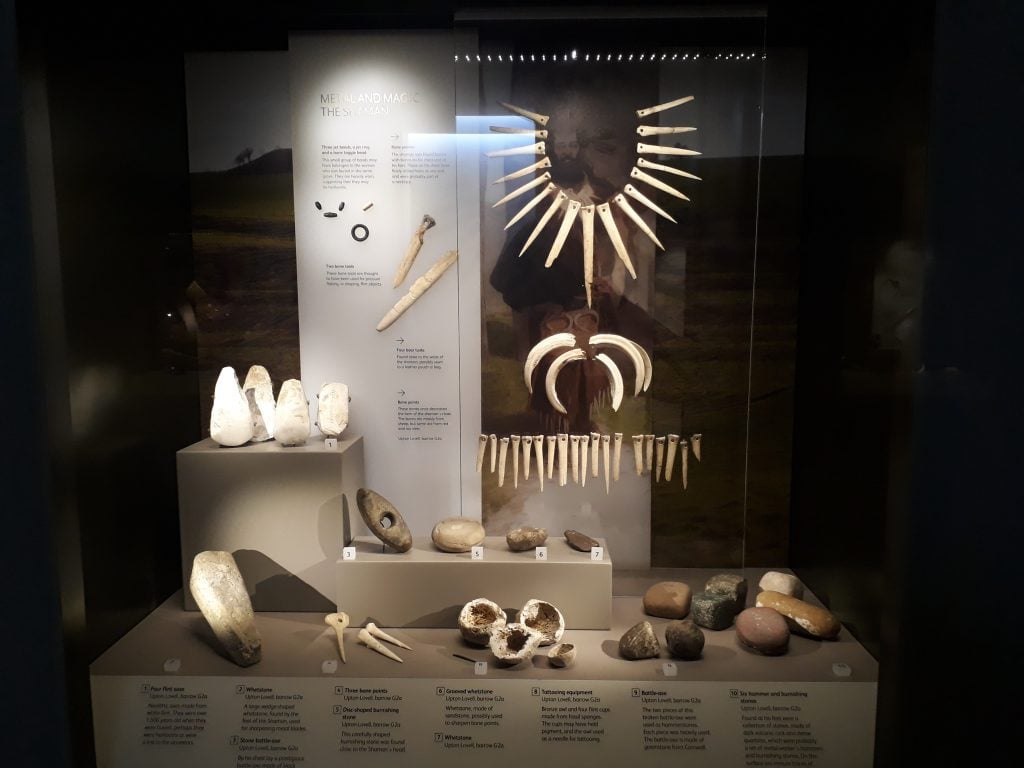
Archaeologists at the University of Leicester have just re-examined five 4,000-year-old tools like flint cups and Neolithic axes that have puzzled experts since their discovery 220 years ago in a Bronze-Age burial near Stonehenge. Four were examined for the first time.
Based on the bones, cups, and cobbles surrounding two bodies at the grave—most recently dated 1850–1700 B.C.E.—researchers have hypothesized over the past century that these grave goods belonged to a costumed shaman, or a goldsmith of status.
Applying contemporary technologies including microwear analysis and scanning electron microscopy to the tools’ surfaces, researchers have revealed their owner was more likely a gold worker who coaxed the precious metal into sheets to gild other items.
Read the rest of this article...
No comments:
Post a Comment
Note: Only a member of this blog may post a comment.